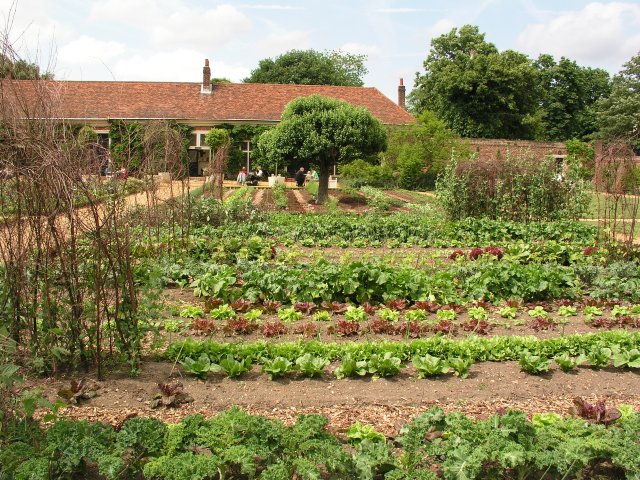In KM - do you "let a thousand flowers bloom"? Or is your garden more planned that that?
 |
| Image from wikimedia comons |
There really are two approaches to “community gardening”, which we can call "select and support" and "seed and promote".
The first approach sets the conditions for community growth, lets communities emerge spontaneously, and then selects and supports the ones that are felt to be strategic. Its like preparing a patch of soil, allowing flowers (weeds) to appear, then thinning out the ones you don’t want and watering the ones you do want. You get a wildflower garden; unplanned, beautiful, but with many weeds
The second approach is to deliberately seed communities on key topics. Here you plant the things you want to grow – the gardenias and the hollyhocks, or the carrots and the pumpkins. You prepare the ground, plant the seed, and nurture the seedlings. You get a kitchen garden or a market garden.
Each approach has its merits and demerits The "select and support" approach makes use of existing networks and existing energy. As a manager or network champion, you will be "pushing on an open door". Payback will be rapid, as there will be very little start-up time and cost. The communities will spring up.
However there may be no existing communities which cover the most crucial and strategic topics, and many of the communities that do emerge may have relatively limited business benefit.
The "seed and promote" approach allows you to set up communities to cover the three areas of
- Strategic Competencies (crucial to competitive success),
- New competencies (crucial to growth and new direction), and
- Core competencies (crucial to income and market share).
However payback will take longer, as you need to climb the start-up curve, and it may initially be hard work generating enthusiasm and energy among prospective community members. These communities will take more work, just as creating a vegetable plot full of prize-winning vegetables takes more work.




No comments:
Post a Comment